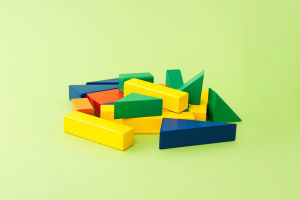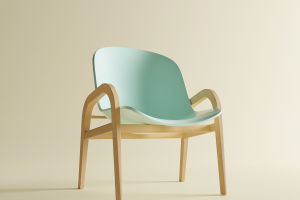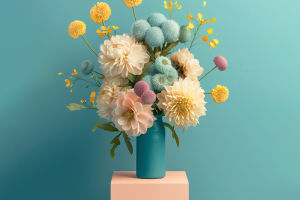Hey Lykkers! Flower arranging is both an art and a science, allowing you to express creativity while enhancing the beauty of your home or event.
In this article, we’ll explore essential techniques, tips, and styles to help you become a floral arrangement expert.
Essential Flower Arranging Techniques
1. The Spiral Technique
The spiral technique is a classic method used by many florists. This technique involves arranging stems in a circular pattern, which creates a dynamic, natural look. Here’s how to do it:
Start with a central focal flower.
Gradually add flowers around it, twisting the stems slightly with each addition.
Ensure the flowers are evenly spaced and vary in height for visual interest.
Secure the stems with floral tape or wire if needed.
2. The Grid Method
The grid method is particularly useful for creating symmetrical arrangements. This technique involves using tape or floral foam to create a grid pattern in your vase.
Begin by placing a piece of floral foam in the vase or applying clear tape in a grid pattern on the vase opening.
Insert stems into the grid spaces, adjusting their height and position to create a balanced arrangement.
This method is ideal for tight, structured designs.
3. The Asymmetrical Design
Asymmetrical arrangements are visually captivating and modern. This technique focuses on balance rather than symmetry.
Start with a focal point flower, then build the design by adding complementary flowers and greenery.
Vary the heights and angles of the stems to create movement within the arrangement.
Consider the overall shape, aiming for a triangular or flowing design.
Tools and Materials for Flower Arranging
To create stunning arrangements, you’ll need some essential tools and materials:
1. Floral Foam: Helps secure stems in place and retains water for hydration.
2. Sharp Scissors or Flower Shears: Ensures clean cuts for better water absorption.
3. Floral Tape: Ideal for creating grids or securing arrangements.
4. Vases and Containers: Choose shapes and sizes that complement your design.
5. Wire and Picks: Useful for stabilizing delicate flowers.
Choosing the Right Flowers
When selecting flowers for your arrangements, consider the following tips:
1. Seasonal Blooms: Use flowers that are in season for freshness and cost-effectiveness.
2. Color Harmony: Choose a color palette that complements your space or theme.
3. Flower Size: Combine large, medium, and small flowers for depth and interest.
4. Foliage: Incorporate greenery to add texture and fill empty spaces in your arrangement.
Styling Tips for Flower Arranging
1. Height Variation: Use flowers of varying heights to create visual interest and movement.
2. Focal Points: Always have a focal flower that draws the eye. It could be the largest or the most vibrant flower in your arrangement.
3. Balance and Proportion: Keep the overall shape balanced; avoid overcrowding one side of the arrangement.
4. Experiment with Textures: Combine different types of flowers and foliage for a richer look.
Flower arranging is a delightful and rewarding craft that allows you to express your creativity while bringing the beauty of nature indoors. By mastering various techniques and experimenting with different flowers and styles, you can create stunning arrangements for any occasion. So start arranging today. Let your imagination bloom!


